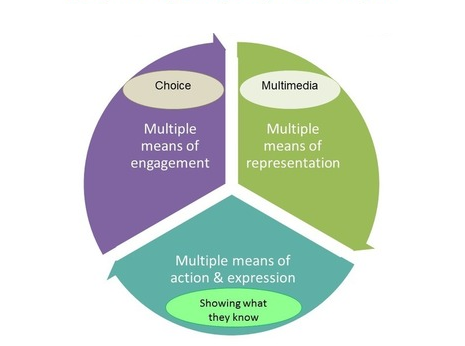What is Universal Design Learning (UDL)?

The Fundamental Premise of UDL is providing flexible classroom options that are responsive to learner variability, and just like universal design in architecture, adaptability is intrinsic to the design: lessons are planned from the beginning with flexibility built-in NOT retrofitted later.
- Universal Design for Learning helps all kids, not just those with learning and attention issues.
- This teaching approach offers more than one way for students to access the same material.
- This approach also lets students use different methods to show what they know.
Three Main Principles of UDL
Representation: Teaches in more than one format. For example, textbooks are primarily visual. But providing text, audio, video and hands-on learning gives all kids a chance to access the material in whichever way is best suited to their learning strengths.
Action and expression: Gives kids more than one way to interact with the material and to show what they've learned. For example, teachers can assess students using pencil-and-paper tests, oral presentations or group projects.
Engagement: Looks for different ways to motivate students. Letting kids make choices and giving them assignments that feel relevant to their lives are some examples of how teachers can sustain students' interest. Making skill building feel like a game and creating opportunities for students to get up and move around the classroom.